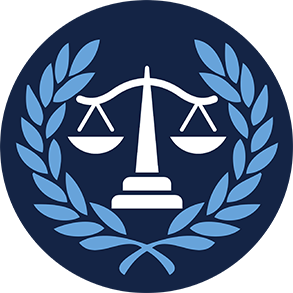Press Releases
Statement of the Honorable John Conyers, Jr. for the Crime, Terrorism, Homeland Security and Investigation Subcommittee Hearing, “Synthetic Drugs, Real Danger”
Washington, DC,
May 17, 2016
Tags:
Crime
Today, the Subcommittee on Crime will hear testimony about synthetic drugs, a problem that is primarily affecting adolescents and young adults. I want to thank you, Mr. Chairman, for organizing this hearing on a very important topic. I also wish to welcome today’s witnesses and express my gratitude to them for taking time to come here and offer their personal experiences and insight. The abuse of synthetic drugs, or designer drugs, has been recognized as far back as the 1980’s. In more recent years, the FBI, DEA, and local law enforcement saw resurgence in the popularity of synthetic drugs in 2008, especially among teenagers and young adults. The numbers of individuals using synthetic drugs tapered off a few years ago. But now we have reports that these substances are slowly returning to popularity. Producers of these surprisingly dangerous substances are working to circumvent the Controlled Substances Act. Synthetic drugs are chemically produced in makeshift laboratories, designed to induce effects that mimic controlled substances, and marketed as legal alternatives to controlled substances. Producers of these drugs work continuously to create legal alternatives to controlled substances like marijuana, cocaine, ecstasy, LSD, and opioids that produce similar highs. Sometimes packaged in small, shiny packets, with images of cartoon characters printed on them, and names like K2, Spice, Vanilla Sky, and Scooby Snacks, these products are marketed as a harmless, good time. Unsuspecting teenagers and young adults, who are the primary consumers of these products, can purchase so-called synthetic marijuana or bath salts at gas stations, convenience stores, novelty shops, and over the internet, further reinforcing the erroneous belief that these products are safe. However, in many cases, they are more potent and more hazardous than the controlled substances they are meant to imitate. The chemicals used to create synthetic drugs can be toxic to the human body, producing extreme paranoia, violent behavior, aggression, hallucination, seizures, and death. Synthetic drug use has even been linked to heart attacks, psychosis, and suicides. Instead of attending their child’s football game or graduation or helping them complete college applications, parents find themselves in hospital rooms, praying their teenage child wakes from a coma, or in emergency rooms, hoping their child will regain their sanity and return to college. There are mechanisms in current law to allow for these drugs to be evaluated and controlled on a case-by-case basis. For instance, the DEA has the ability to temporarily place substances on Schedule I when it is necessary to avoid an imminent hazard to public safety. However, the DEA is finding it difficult to keep pace with the development and production of new substances that are not currently illegal. Prosecutors have an additional tool, the Analog Enforcement Act of 1986, to prosecute those who produce synthetic drugs. This legislation serves as a method of criminalizing synthetic drugs without having to ban them individually. We in Congress need to learn more about these drugs and consider if legislation is needed. And we must be careful to craft an appropriate response that does not over-criminalize or over-penalize. I thank the witnesses for their time and the benefit of their expertise, and I look forward to our discussion of this troubling issue. |



